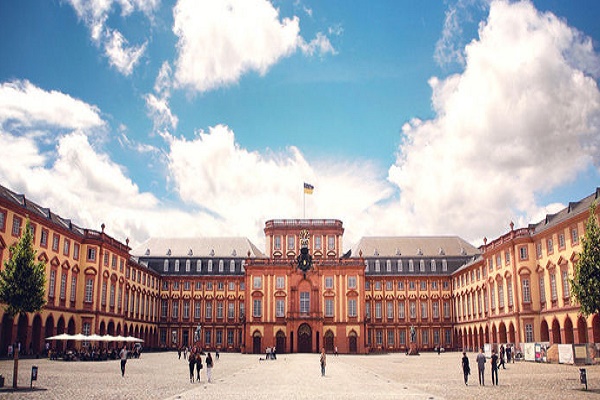University of Mannheim: Taking in refugees increases per capita income, productivity and wages in Germany in the long term
What effects did the admission of refugees after the Second World War have on today’s productivity, wages, per capita income and population density? A new study shows that nearly 75 years later, communities that have hosted large numbers of refugees still have higher population densities than those that have hosted few. At the same time, communities with more refugees now have higher per capita income, higher productivity and higher wages. Per capita income and productivity rose by about 13 percent over the long term, and wages by about 10 percent.
Prof. Ciccone and Prof. Nimczik examine the economic development of communities directly on the border between the American and French zones of occupation in today’s Baden-Württemberg. After the Second World War, millions of people were expelled to West Germany. At that time Germany was divided into four Allied occupation zones. Since the French occupation zone restricted access for refugees, most settled in the American, British and Soviet occupation zones.
“The consequences today can be clearly seen if you compare opposing communities directly on the former border between the occupation zones,” explains Antonio Ciccone. “In 1950, the year after the occupation zones were dissolved, there were many more refugees in the communities on the former American side of the border. As a result, the population density was 20 percent higher than on the opposite, former French side.” Before the arrival of the refugees, however, there had been no difference in population density at the border.
70 years after the dissolution of the occupation zones, the population density in the communities on the former American side of the border is still higher – by about 25 percent – than in the communities opposite. This goes hand in hand with higher per capita income, higher productivity and higher wages.
“Wars, internal conflicts, economic collapse and climate change continue to cause massive movements of refugees today. Of course, humanitarian considerations must be the main motivation for measures to support refugees. But the economic costs and benefits have always played a role as well. The public debate in the potential host countries mostly focuses on the short- and medium-term perspective. The case of the refugees in Germany after the Second World War shows that the long-term economic benefits can also be considerable,” says Prof. Nimczik.
Refugees from World War II were not always welcomed or treated as equals in West Germany. It took decades before they were widely accepted and integrated. “The economic advantages that communities have today through the admission of expellees at that time only came about gradually. They were not recognizable at the time the refugees were admitted and in the first decades after their arrival,” explains Prof. Ciccone. Ultimately, however, the economic impact appears to have been significant.

